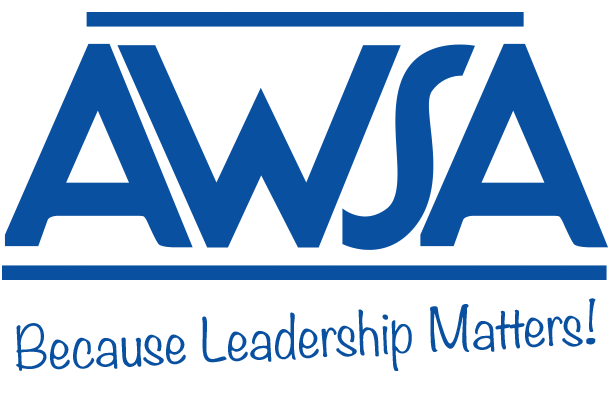Trends and Next Steps in Required Continuous Improvement Planning for Joint Federal Notifications (ESSA/IDEA)by Jessica Moe and Wendy Savaske, Wisconsin DPI In reviewing the submitted improvement plans required for identified schools and districts under Joint Federal Notifications ESSA/IDEA, we found several trends in root cause identification and evidence based improvement strategy selection across our state. These trends allow professional learning throughout our statewide system of support to be integrated and aligned. Read More... In reviewing the submitted improvement plans required for identified schools and districts under Joint Federal Notifications ESSA/IDEA, we found several trends in root cause identification and evidence based improvement strategy selection across our state. These trends allow professional learning throughout our statewide system of support to be integrated and aligned. The compliance requirements around improvement planning under federal law are dependent on the specific area of identification. For more information, please visitDPIs Federal Identifications webpage. Lack of culturally responsive instruction and implicit bias were selected most often as root causes, followed by lack of effective eMLSS structures and lack of professional learning. Identified districts most often chose professional development around culturally responsive instruction/implicit bias as their evidence-based improvement strategy, which aligns with these trends in root cause findings. ESSA school plans indicated high quality professional learning and establishing professional learning communities (PLCs), universal instruction and interventions and culturally responsive practices as their evidence-based improvement strategies. Overall, we saw alignment between root causes factors and strategies across IDEA and ESSA. These overlaps in root causes and selected improvement strategies have yielded opportunities for DPI and its partners to integrate and align professional learning opportunities across the state. These trends and overlaps allow alignment to our current statewide Disproportionality Technical Assistance Network (DTAN), our statewide RtI Center, and our statewide Technical Assistance Network for Improvement (TA Network). It also allows stakeholders throughout the system to allocate resources towards the areas of need in a more direct and purposeful way. One challenge uncovered was that, overall, plans lacked adult practice data. Next steps would be to better understand how to support districts in leveraging their Educator Effectiveness systems to meet student needs and how to develop more robust systems of collecting adult practice and implementation data. Plans also lacked multiple years of quality data, making it difficult for teams to determine patterns and trends that result in true systems change in districts. We will continue to address these challenges and barriers in the refinement of our statewide system of support. Read more at: Elementary Edition - Secondary Edition - District Level Edition |
